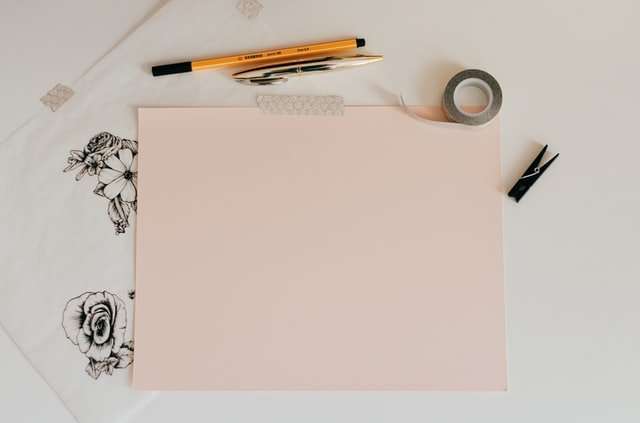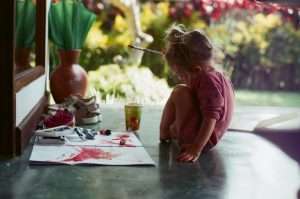The term “Aboriginal Art” is a very broad term. It covers the traditional art of the indigenous people of Australia. This art has been around for thousands of years and like many other cultures from around the world, it has developed and changed over time. Aboriginal Art is full of symbolism and meaning; it represents spiritual and social aspects of life that have been central to the culture for thousands of years. These symbols are not only included in paintings but also in jewellery, furniture, and architecture. The history of aboriginal art is varied and complex, but it is crucial to the development of Australian society.
The history of Australian Aboriginal art has been painted in many different colors. It is a long and unique history that stretches back tens of thousands of years. It is a history filled with a rich and diverse collection of cultural artifacts that are used for worship, ceremony, initiation, burial, trade and everyday life. The oldest known examples of such art come from the Lake Mungo area in Australia which date from approximately 40,000 years ago.
Tribes of Australian Aboriginal art have been grouped together into five major regions throughout the continent; Arnhem Land, Central Australia, New South Wales, Queensland and Western Australia. Each tribe has its own unique style to their art as well as their own traditions relating to it. These styles are usually divided into two distinct categories: rock art and body painting.
The oldest form of Australian Aboriginal art is found in cave paintings which can be traced back to at least 16000BC on the walls of caves in the Kimberley region of Western Australia. These cave paintings depict images of animals and hunting scenes as well as some human forms that are believed to be portrayals of the spirits or ancestors of the artists who produced them.
Another common form of Australian Aboriginal art is body painting which was often used during initiation or coming of age ceremonies among tribal
Aboriginal art is an amazing art form that reflects the pride and culture of the native Australians. The colors and patterns inspire us to create a vibrant and interesting design that will represent the current state of Aboriginal art today.
The Aboriginal Australians are believed to be originally from Taiwan or Japan, having migrated across the continent at least 40,000 years ago. They have their own language and art forms, which remain strong even after many years of colonization by Europeans. The Aborigines are a nomadic people for most part, but there are also some cities where they can be found in larger numbers like Melbourne and Sydney.
The history of this art form extends back at least 30,000 years in the form of cave paintings, rock engravings and stone sculptures. Some of these ancient images are still central to Aboriginal spiritual life today.
The oldest known painting is at least 25,000 years old. It is a hand stencil that was found on a cave wall in Arnhem Land in Australia’s Northern Territory. The hands were drawn in charcoal and are thought to be by a woman based on their size.
The most famous Aboriginal art is from the Kimberley region of Western Australia . It features intricate designs drawn onto rock surfaces using a range of materials including charcoal, animal blood and ochres. These pictures depict scenes from the everyday lives of the artists who drew them such as hunting and warfare.
Aboriginal art can be broken into two types: fine art, which includes drawings and sculpture, and applied art which includes body painting, patterned fabrics and basket making.’
Art is a way of life for the aboriginal peoples. The art and the culture are intertwined, and one cannot be understood without the other. Because of this, there is no way to fully understand aboriginal art without learning more about their culture and history.
Aboriginal art is a piece of art produced by the indigenous peoples of Australia. The word comes from the Latin word “aborigine”, meaning people who were indigenous to a given place. It usually refers to contemporary artworks made by members of Aboriginal and Torres Strait Islander communities from Australia, and is also used to refer to the art of other Australian peoples, both past and present. There are several styles of Aboriginal art, including rock painting, sand painting and weaving. Aboriginal art is often ceremonial or religious in nature.
Tjukurpa (pronounced chook-oo-rpah), or in English Law, is an important concept that permeates Aboriginal culture. Tjukurpa dictates many aspects of traditional life, including ceremony, law and social organisation. Traditional paintings convey knowledge about the Dreamtime and many other stories in Tjukurpa. Stories often depict creation ancestors, or Jukurrpa (pronounced jook-oo-rpah), who have traveled throughout the land creating rivers, landscapes, and people. These people were created at particular sites depicted in the paintings such as at Uluru (Ayers Rock) in Central Australia or at The Great Barrier Reef off the coast of Queensland.


